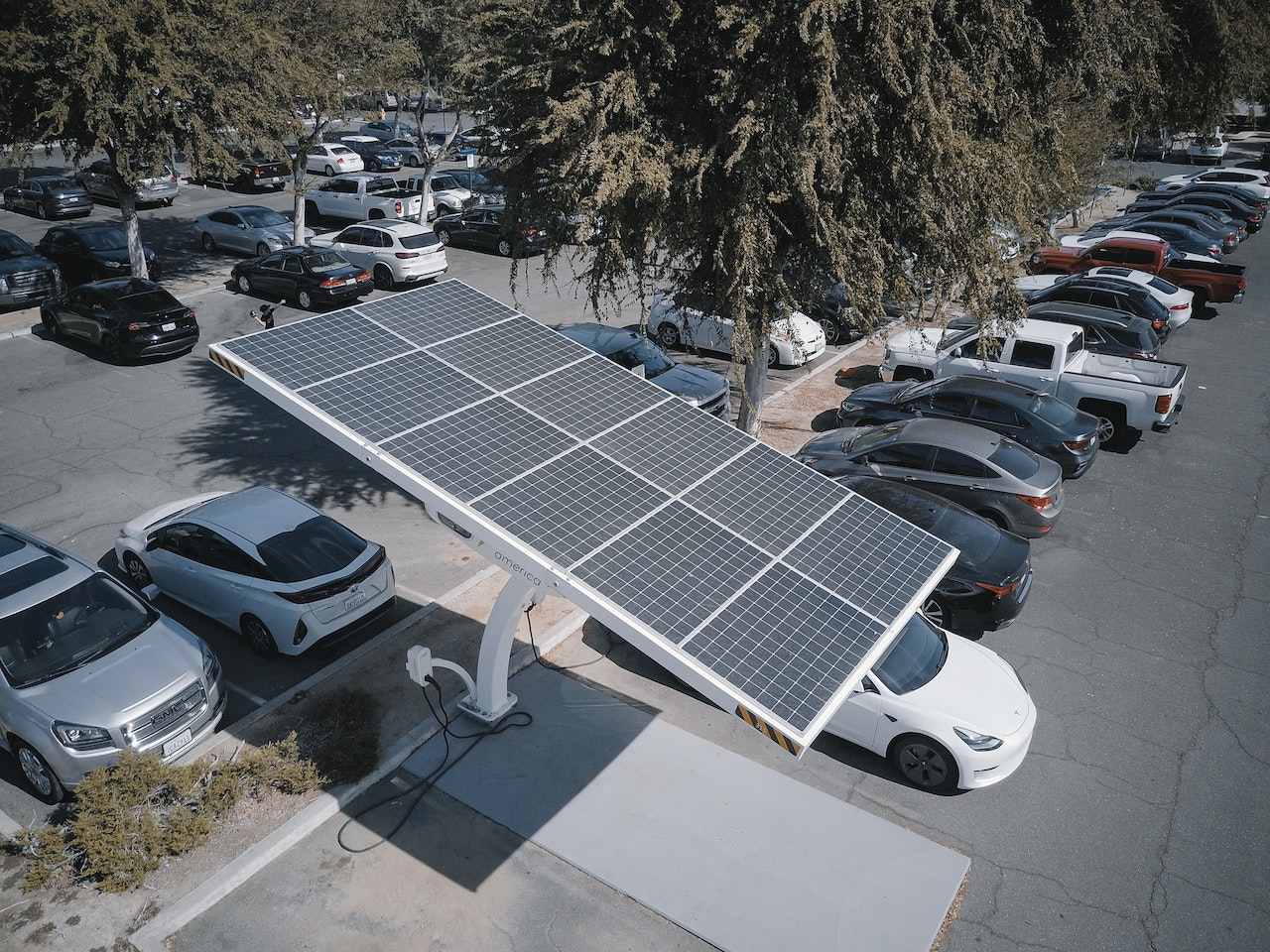New legislation before Parliament, if enacted, will make zero or low emission vehicles FBT-free. We explore who can access the concession and how
Electric vehicles (EV) represent just under 2% of the new car market in Australia but it is a rapidly growing sector with a 62.3% jump in new EV registrations between 2020 and 2021.
Making EVs FBT-free is just the first step in the Government’s plan to make zero and low emission vehicles the car of choice for Australians, focussing on affordability and overcoming “range anxiety” by:
- Cutting import tariffs
- Placing EV fast chargers once every 150 kilometres on the nation’s highways
- Creating a national Hydrogen Highways refuelling network, to deliver stations on Australia’s busiest freight routes
- Converting the Commonwealth fleet to 75% no-emissions vehicles
It is on this last point, fleet cars, that the FBT exemption on EVs is targeted. In Australia, business account for around 40% of light vehicle sales according to a research report by Griffith and Monash Universities. However, EV sales to business fleets comprised a mere 0.08% of the market in 2020. The Government can control what it purchases and has committed to converting its fleet to no-emission vehicles, but for the private sector, there is a wide gap between the total cost of ownership of EVs and traditional combustion engine vehicles. It’s more expensive overall and the Government is looking to reduce that impediment through the FBT system.
How the EV FBT exemption will work
The proposed FBT exemption is intended to apply to cars provided by an employer to an employee under the following conditions:
| Low and zero emission cars
|
|
| The car was first held and used on or after 1 July 2022 | Where the car is first held and used on or after 1 July 2022. Provided the conditions of the exemption are met, an electric car that was ordered prior to 1 July 2022, but was not delivered until after 1 July 2022 would be eligible for the exemption (even if an employer acquired legal title to the car before 1 July 2022). However, a car delivered to you prior to 1 July 2022 would not qualify.
A second-hand electric car may qualify for the exemption, provided that the car was first purchased new on or after 1 July 2022.
|
| Value below luxury car tax threshold for fuel efficient vehicles | The value of the car at the first retail sale must be below the luxury car tax threshold ($84,916 in 2022-23) for fuel efficient vehicles. The luxury car tax threshold generally includes GST and customs duty but excludes other items such as service plans, extended warranties, stamp duty and registration.
|
If an electric car qualifies for the FBT exemption, then associated benefits relating to running the car for the period the car fringe benefit is provided, can also be exempt from FBT.
Government modelling states that if an EV valued at about $50,000 is provided by an employer through this arrangement, the FBT exemption would save the employer up to $9,000 a year.
While the measure provides an exemption from FBT, the value of that fringe benefit is still taken into account in determining the reportable fringe benefits amount of the employee. That is, the value of the benefit is reported on the employee’s income statement. While income tax is not paid on this amount, it is used to determine the employee’s adjusted taxable income for a range of areas such as the Medicare levy surcharge, private health insurance rebate, employee share scheme reduction, and social security payments.

